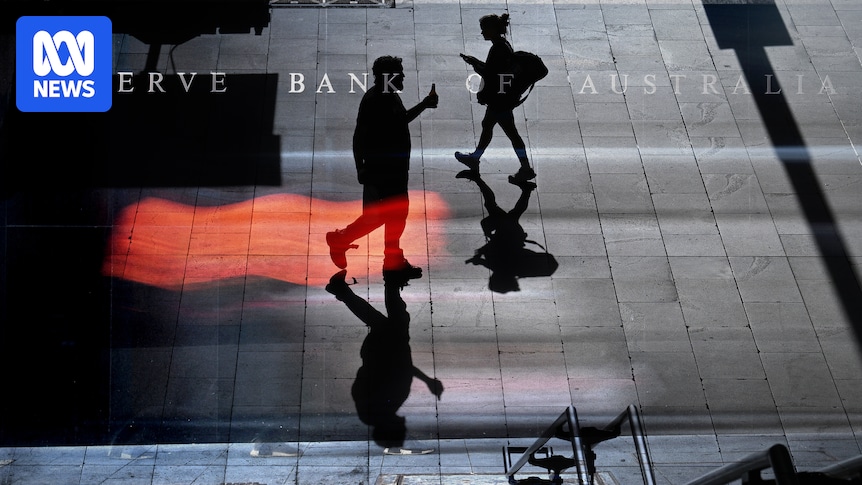
The Australian economy is facing a significant challenge as inflation rates show signs of reversing their gradual decline, with core inflation rising once again. This development has placed renewed pressure on the Reserve Bank of Australia (RBA) and the federal government, both of which have been actively working to control inflation. The increase in electricity costs has been identified as a major contributing factor, despite the presence of some rebates aimed at alleviating consumer burdens.
Australians are eager for relief from escalating bills, but achieving this may require difficult economic adjustments. The Commonwealth Bank has suggested that a substantial increase in unemployment, coupled with more moderate inflation figures, would be necessary for the RBA to consider lowering interest rates again. This perspective aligns with comments made by Michele Bullock, now the RBA Governor, who previously indicated that a higher unemployment rate might be needed to ease inflationary pressures.
The Unemployment Factor
Currently, Australia’s unemployment rate stands at 4.5%, a level that some economists believe may still be too low to achieve the RBA’s target core inflation rate of 2.5%. Despite a recent uptick in unemployment, Governor Bullock has downplayed its significance, suggesting it could be part of normal monthly fluctuations. However, the question remains whether the unemployment rate will continue to rise, which could, in turn, lead to a reduction in inflation.
Recent data indicates a loosening labor market, with annual job growth slowing and job ads declining. According to Aaron Luk, an economist at ANZ, “Job ads have now declined for three consecutive months after holding broadly steady for over a year, suggesting labor market conditions are beginning to ease.”
Wage Growth and Business Pressures
While unemployment trends are critical, wage growth also plays a significant role in the inflation equation. Businesses are facing rising costs, primarily due to increasing wages, which are squeezing profit margins. As a result, many companies are passing these costs onto consumers, contributing to higher prices.
Economists, including AMP’s Deputy Chief Economist Diana Mousina, note that core inflation remains high globally, particularly in the services sector, which is labor-intensive. This situation complicates efforts to control inflation without causing undue economic pain.
Economic Demand and Supply Dynamics
Another aspect of the inflation challenge is the balance between economic demand and supply. Economists suggest that total demand in the economy is still too strong for the available supply, likening it to water overflowing a tank. If businesses could expand and improve productivity, the economy’s capacity would increase, potentially aligning demand with supply.
However, the RBA appears to believe that aggregate demand still exceeds supply, leaving rising unemployment as a potential solution to reduce demand. This approach, though, is not without its critics.
Alternative Solutions and Economic Power Dynamics
Sydney University Professor John Buchanan argues against relying solely on unemployment to curb inflation. He believes that Australian corporations wield too much power, allowing them to maintain elevated prices. Buchanan advocates for exploring alternative measures, such as price controls on essential goods, to sustainably lower inflation.
“Employers and businesses are exploiting this power,” Buchanan stated. “We’ve had this problem before. It was called the Second World War. They [brought in] price controls.”
While some economists may view price controls as extreme, Buchanan insists that the RBA should consider all options. The challenge, however, is determining the potential costs and consequences of such measures.
Ultimately, the path to reducing inflation and adjusting interest rates remains complex, with various stakeholders needing to share the burden. Until a clear solution emerges, interest rates are unlikely to change significantly, and the RBA’s next move could potentially be an increase.







